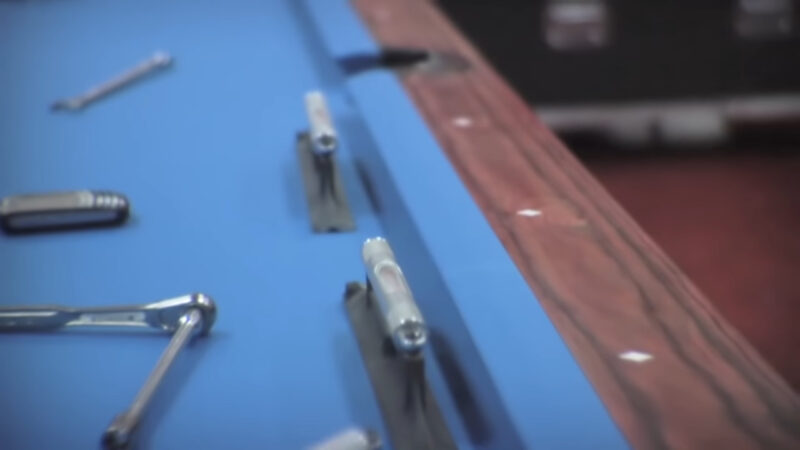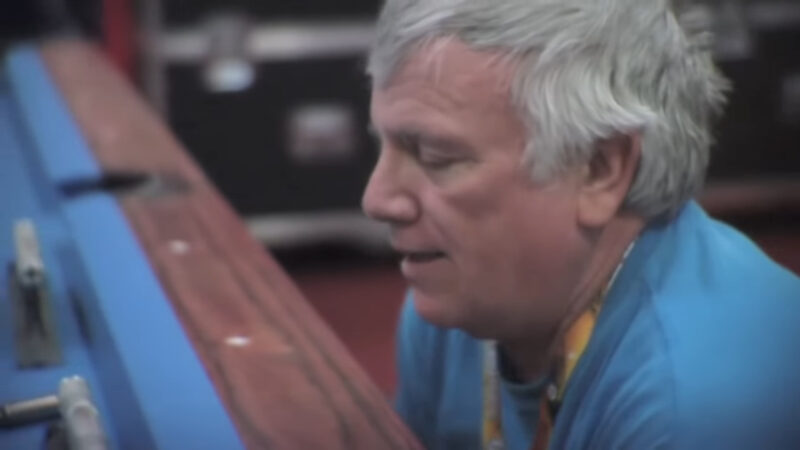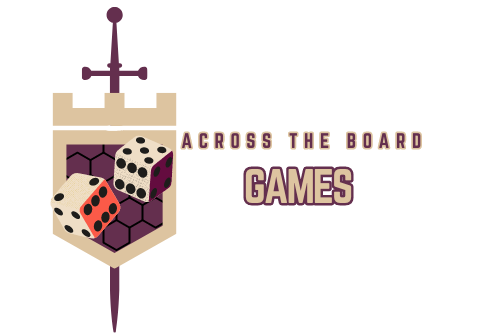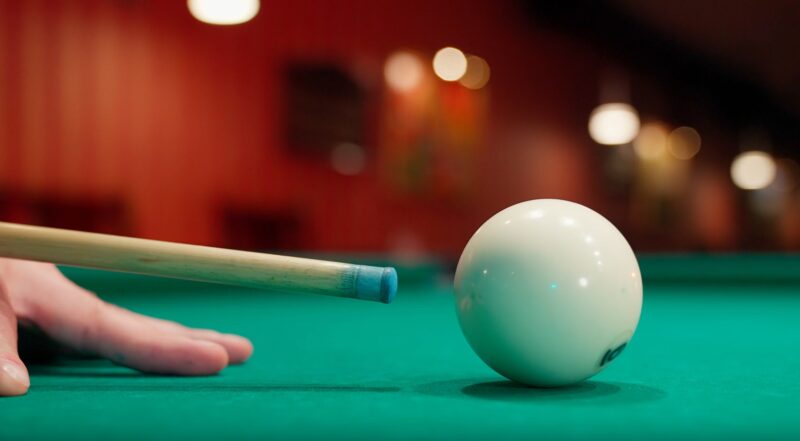Leveling a pool table is a crucial task for ensuring a fair and enjoyable game. An unlevel table can cause the balls to roll in unpredictable directions, detracting from the skill and enjoyment of the game. This comprehensive guide will take you through the steps and considerations necessary to level a pool table effectively.
Importance of a Level Pool Table
A level pool table is essential for a fair game. When a table is not level, it can cause the balls to drift, making shots inaccurate and frustrating for players. This can particularly impact competitive play, where precision is key. Beyond the gameplay, an uneven table can put undue stress on the table’s structure, potentially leading to damage over time.
Initial Assessment
Before starting the leveling process, it’s important to assess your pool table’s current state. Check for any visible signs of unevenness or damage. Look at the legs and the playing surface. Use a carpenter’s level to get a preliminary idea of how off-balance the table is. This initial assessment helps in determining the extent of adjustment needed.
Tools and Materials Required

You will need a few tools to level your pool table. These include a carpenter’s level (preferably a long one), shims (thin pieces of material used for leveling), a wrench or socket set for adjusting the table legs, and possibly a flathead screwdriver. Ensure that the tools are in good condition to get accurate results.
Adjusting the Legs
Most pool tables have adjustable legs. This is typically the first and easiest step in leveling. Place the carpenter’s level on the table and identify which direction the table is tilting. Adjust the leg height by either tightening or loosening the leg levelers. Check the level again after each adjustment. It’s a process of trial and error, so patience is key.
Using Shims for Fine-Tuning
Sometimes, adjusting the legs alone isn’t enough, especially for tables without leg levelers or on uneven floors. This is where shims come in. Slide shims under the feet of the table or under the base to counteract minor unevenness. It’s important to do this gradually, checking the level after each adjustment to avoid overcompensating.
Leveling the Playing Surface
Even with the legs adjusted and shims in place, the playing surface itself might need attention. Slate pool tables have multiple slate pieces that can become uneven. You can adjust these by slightly loosening the bolts holding the slates, using a level to check for flatness, and then retightening the bolts. This step requires precision, as over-tightening can damage the slate.
Regular Maintenance and Checks

A pool table won’t stay level forever. Regular checks and maintenance are needed to ensure it remains in optimal condition. Factors such as humidity, temperature changes, and regular use can affect the table’s levelness. Periodic checks with a carpenter’s level and minor adjustments can keep your table in top shape.
In addition to ensuring your pool table is perfectly level, maintaining the felt’s cleanliness is equally crucial for a smooth and enjoyable game experience.
Troubleshooting Common Issues
Sometimes you might encounter persistent issues while leveling your table. If one side consistently drops or if you notice the table becoming uneven quickly after leveling, this could indicate structural issues or problems with the floor itself. In such cases, consulting a professional might be necessary.
Professional Help for Challenging Situations
If you’re struggling with leveling your table, or if it’s a particularly expensive or delicate model, seeking professional help is advisable. Professional pool table technicians have the experience and tools to level a table accurately. They can also identify and fix any underlying issues that might be causing the unevenness.
FAQs
Can I level a pool table on a carpeted floor?
Yes, you can level a pool table on a carpeted floor, but it may require more frequent adjustments. Carpets tend to compress under the weight of the table, leading to unevenness over time. It’s recommended to check the level more often and adjust as needed.
How often should I check the level of my pool table?
The frequency of checks depends on usage and environmental factors. For a table in regular use, checking the level every 3-6 months is a good practice. However, if the table is in an area with significant temperature and humidity changes, more frequent checks might be necessary.
What should I do if my pool table is level, but the balls still roll oddly?
If the table is level but balls roll unpredictably, check for other issues like warped rails, uneven felt, or internal structural problems. Sometimes, replacing the felt or rails, or tightening internal connections can resolve these issues.
Is it possible to level a pool table by myself, or do I need help?
Leveling a pool table can often be done alone, especially if it involves simple adjustments. However, for larger tables or more complex leveling tasks (like adjusting slate pieces), having an extra pair of hands can be beneficial for safety and ease.
Can uneven flooring permanently damage a pool table?
Consistently uneven flooring can lead to long-term stress on the pool table’s structure, potentially causing warping or misalignment. It’s important to use shims or other leveling methods to mitigate this risk.
Are there any tools specifically designed for pool table leveling?
While standard carpenter’s levels are commonly used, there are also specialized pool table levels available. These tools are designed specifically for pool tables, offering higher precision and sometimes features like laser leveling for more accurate adjustments.
Final Words
In conclusion, leveling a pool table is a detailed process that requires patience, precision, and the right tools. Whether you’re a casual player or a serious enthusiast, a level table will enhance your playing experience.
Regular checks and maintenance will keep your table in good condition, ensuring many years of enjoyable play. Remember, when in doubt, don’t hesitate to seek professional assistance to protect your investment and ensure the best possible playing surface.

